8. The Revenant (2015)
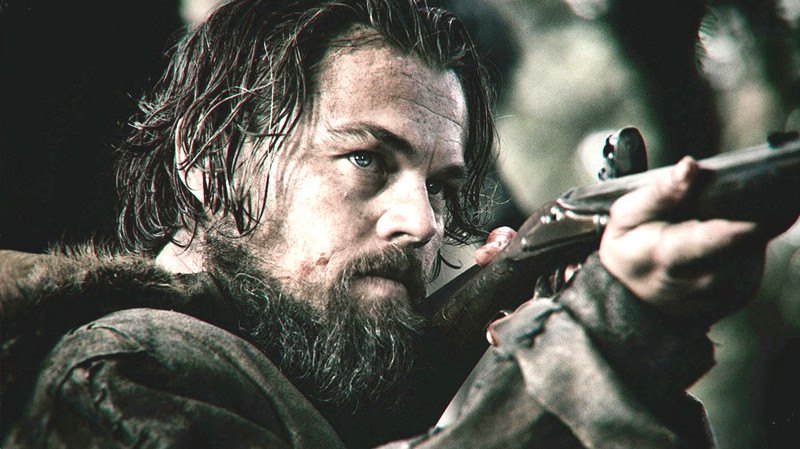
Mexican director Alejandro González Iñárritu has always been a visually arresting filmmaker and with The Revenant he’s crafted a compelling study of obsession on a monstrously mammoth scale. Using only natural light––mostly during magic hour––Iñárritu and his seemingly supernatural DP Emmanuel Lubezki capture the rhythms of nature, the sweeping vast stillness of the frontier, and the bleeding black heart of Manifest Destiny-crazed colonialists in 1800s North America.
The Revenant erupts with violence and upset, it also gambols with languid long takes, quiet calm, and a naturalistic beauty that renders elegance and symmetry seemingly from the firmament. Iñárritu could easily be considered cinema’s transcendental poet laureate of the wide-framed moving image; his devotion and veneration for the natural world is contained in every second of The Revenant. Don’t miss it, and don’t forget the bear spray next time you go camping, either, got it?
7. The Grand Budapest Hotel (2014)
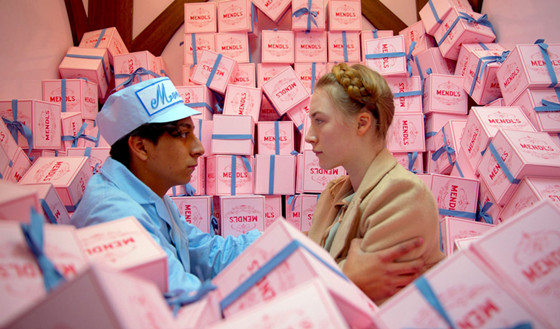
Gossamer-like, lovely and wistful, Wes Anderson’s The Grand Budapest Hotel thrums with the dual dispositions of the sublime Golden Age director Ernst Lubitsch and the jam-packed chapter and verse of Stefan Zweig. In this calorie-rich and joyously effete film, exuberance is the mainstay, as it exists in a baroque bubble of an imagined Old Europe where period styles, historical allusions, and joyful generic conventions intersect amidst a seeming compendium of potential films of adventure, emotion, humor, hubris, and tragedy.
The luxury hotel setting, carefully constructed by production designer Adam Stockhausen (exteriors) and Anna Pinnock (she designed the interiors), is the anchor of a shaggy dog story that unfolds over three distinct timelines, where each is shot in three different ratios; 2.35:1, 1.85:1, and the classic 1.33:1. Among the many eras that Anderson revisits, there are tangible elements of gothic romance and mystery––Hitchcock’s The Lady Vanishes (1938) springs to mind––and with all the trap doors, secret passageways, evil assassins, and sketchy monks, not to mention the inspired inclusion of a secret society of hotel concierges.
Throw in some stop-motion sequences, a splash of kink, pastiches of American-style comedy of manners, World War I espionage, romantic comedy, broad slapstick, elements of farce, and the feeling of peering into, who knows, Orson Welles toy box maybe? There’s so much stylistic variety––even a black and white melodramatic respite––that the eye and the mind never rests.
6. Melancholia (2011)
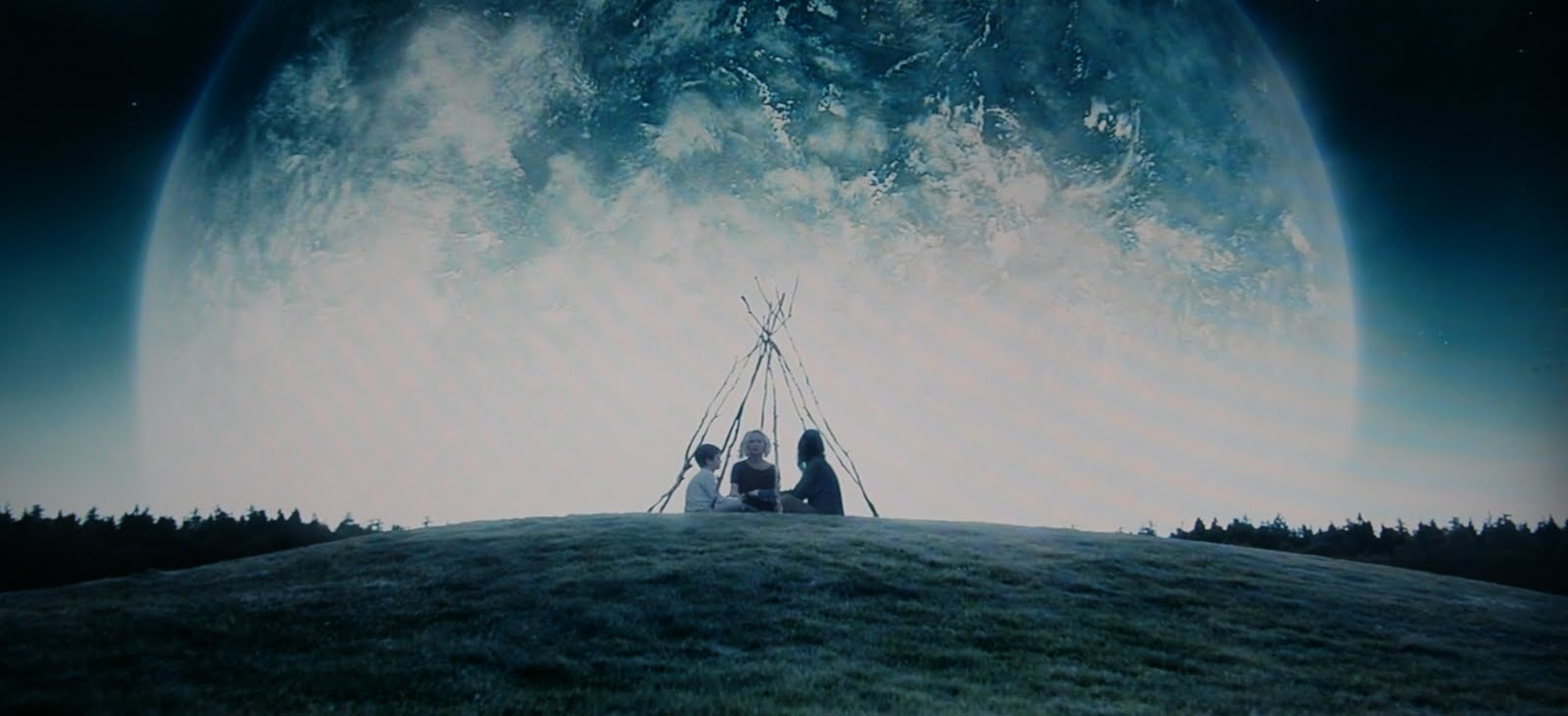
There’s a certain je ne sais quoi about Lars von Trier’s hypnagogic and deeply pensive apocalyptic powerplay Melancholia that cinches it as one of the director’s very finest and most visually ravishing motion pictures. For one, it’s so rare a thing that a film capture with such startling insight and due diligence the emotional state that depression casts upon the individual, and for anyone who’s wrestled with that black dog they can easily see the naked truth in Kirsten Dunst’s chef-d’oeuvre central performance as Justine.
Von Trier playfully and profoundly upends sci-fi convention in a tense and dangerous spring-loaded narrative that pivots around newlyweds Justine and Michael (Alexander Skarsgård). These ill-fated lovers tie the proverbial knot just as the world learns of the presence of a rogue planet, “Melancholia”, which is believed to be on a near-collision course with Earth and will most certainly be an extinction level cataclysm.
Led by Dunst’s luminous performance, ably backed by Charlotte Gainsbourg as her sister, Claire, both hanging on the speculations and suspicious that the End of Days might not be so dour for everyone. The film also presents a formal elegance––perhaps best displayed by the slo-mo grand-scale eradication gracefully captured by the Phantom HD Gold cameras––resulting in a lushly unforgettable bookend of astonishing and shocking visuals. An unforgettable showpiece.
5. The Grandmaster (2013)
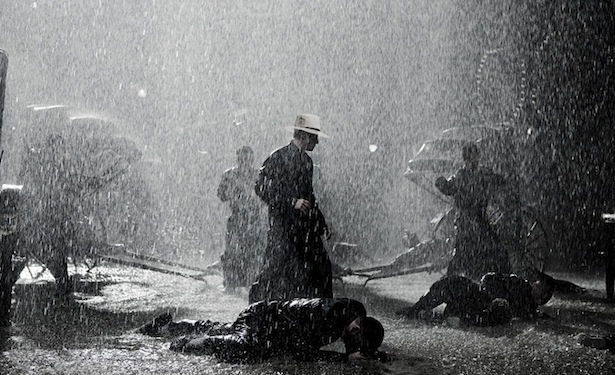
Vividly convincing, more elegiac than dramatic, and beautiful to behold, Wong Kar-wai’s stylistic martial arts epic The Grandmaster is a captivating feat of cinematic strength. While it may not have the clarity of vision and somber elegance of Wong’s shattering showpiece In the Mood for Love (not on this list as it was released in 2000, and so is technically from the last century), this is still an achingly gorgeous and luxuriant visual feast.
Yes, the Grandmaster has some murky narrative problems––largely lost in translation––and this presents some frustration as substance succumbs to style, but the overwhelming, often mercurial, and endlessly impressive action scenes help make this exploration of the life of the legendary wing chun teacher Ip Man (Tony Leung) an astonishing experiment in sensory cinema.
Beginning in the 1930s and moving through to the 1950s, the often ritzy period details are perfect, as are the stunningly fluid and dynamic movements of Gong Er (Zhang Ziyi), and the reverential approach to martial arts traditions, distinctive combat styles, makes for an impressive genre hybrid of kung fu action and arthouse. The Grandmaster is a gorgeous, intoxicating, and sweeping jewel of a picture from Wong.
4. Roma (2018)
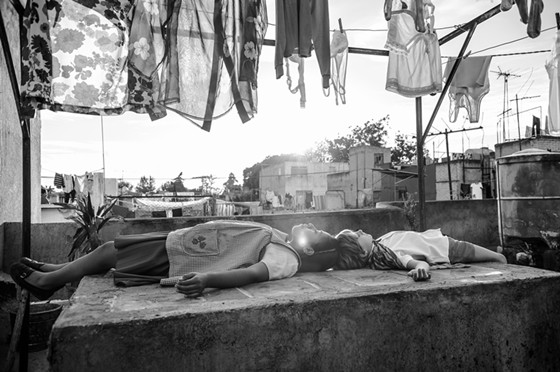
“A majestic feat of filmmaking,” writes Globe and Mail critic Barry Hertz, calling Roma “an intimate portrait of a family that also serves as a broad portrait of a changing nation.” And so Mexican filmmaker Alfonso Cuarón at long last has his masterpiece with Roma.
A beautifully rendered black-and-white tale (Cuarón also photographed the film) of a household in the middle-class Colonia Roma neighborhood of Mexico City in 1970. Here we get to know live-in maid Cleo (Yalitza Aparicio, brilliant) who tends to four young children.
As Clea not only cares for the children but cleans, cooks, and quietly observes, she witnesses her employers’ marriage disintegrate. Cleo’s own love life, too is fraught and fragile, and the film, which spans a year, depicts both pained and precise events in the shared domestic space, and also to the wider tensions in society at the time; idyll pleasures––going to the cinema, a roadtrip to the country, an initially curious reference to martial arts training from a potential suitor––take on a darkened hue as the turmoil shaping within the country is further examined.
A subtly and grace shade these details that eventually pulls us to an unforgettable climax on the beach that is both deeply compassionate and utterly heartbreaking.
3. Mad Max: Fury Road (2015)
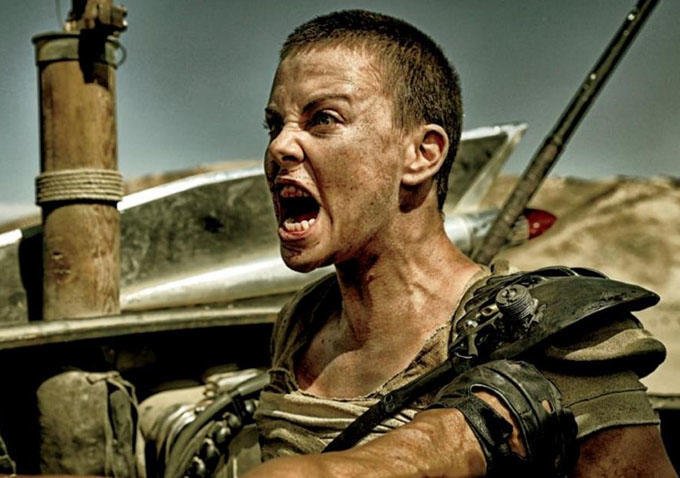
George Miller’s Mad Max: Fury Road offers up so much eye candy in the ultimate chase movie as he retools the motorcade mayhem first glimpsed in The Road Warrior (1981), the first of his Mad Max sequels. Riding shotgun with Miller is his astonishing editor and wife Margaret Sixel who helps clearly define for the audience the spatial relationships of the many elements––vehicles, characters, etc.––specifically the crazy quilt cause-and-effect maneuverings of fast-paced and ever-moving mayhem. The physics of action cinema have rarely if ever been so pronounced and so awe-inspiring.
The post-apocalyptic cosmology of Mad Max: Fury Road is also augmented by Colin Gibson’s alternately gorgeous and grotesque production design, Jenny Beavan’s costumes, and John Seale’s in succession trembling and tranquiil lens. Fury Road is a genre fan’s fantasy fully realized and a pièce de résistance writ courageously large.
2. Blade Runner 2049 (2017)
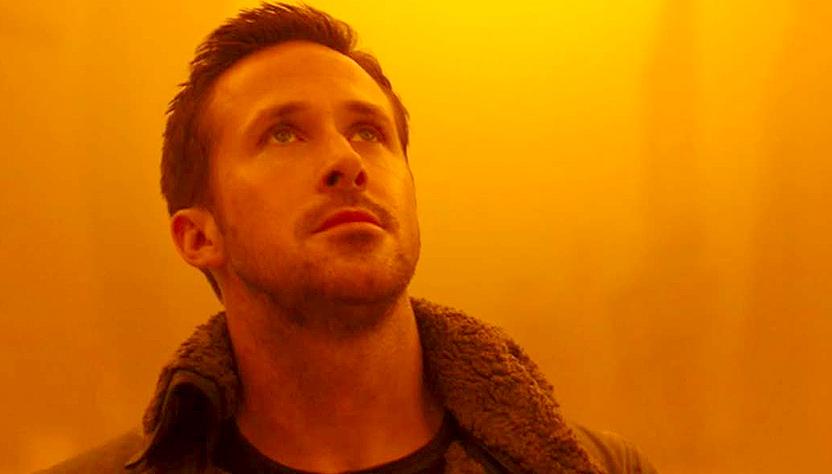
Working closely with his sensational cinematographer Roger Deakins, visionary Canadian film director Denis Villeneuve (Arrival [2016]) did the near impossible task of following up Ridley Scott’s Blade Runner (1982) with a sequel that retains much of the tactile splendor and future noir poetry of the original while manufacturing an objet d’art that is perhaps even more emotionally engaging.
Unspooling some thirty years after the first film, Ryan Gosling is K, a replicant who hunts rogue replicants and, like Rick Deckard (Harrison Ford) before him, retires his quarry using deadly means. When K discovers evidence suggesting that a replicant has reproduced and had a child, he is charged with murdering the child to prevent a replicant uprising.
A sublimely articulated mindbender, seductively crafted, steeped in mystery, and one that teases the audience with numerous ambiguities, and needling puzzles, Blade Runner 2049 is one of speculative fiction’s crown jewels. This is a film that, like its predecessor, will be discussed, dissected, revisited and extolled for decades to come. Sci-fi so rarely gets this ruminative and magnificent.
1. The Tree of Life (2011)

An achingly beautiful cinematic poem on love, life, and being, Terrence Malick’s ravishing, philosophical powerplay The Tree of Life is an unforgettable experimental epic that deservedly received the Palme d’Or at the 2011 Cannes Film Festival.
Ostensibly the story of three brothers from a small town somewhere in Texas. Jack O’Brien has a contentious and difficult relationship with his father (Brad Pitt), but gets along well with his almost ethereal mother (Jessica Chastain). Later, as an adult, though the film is told in nonlinear fashion, Jack (Sean Penn) wrestles with his past while trying to come to terms with his childhood, while also combating feelings of existential panic.
“A mad and magnificent film,” raved The Guardian’s Peter Bradshaw, also praising Malick’s artful vision as an “unashamedly epic reflection on love and loss.”
In addition to the deeply spiritual and poetic grandeur of the film, the cinematography by Emmanuel Lubezki is ravishing and almost overwhelming when combined with Malick’s personal and exalted purpose.
The Tree of Life is the very definition of an art film, yes, it’s also one of the most gorgeous and moving treatise on modern man that you’re likely to find.
I clearly recall staggering out of the cinema afterwards as a changed person, feeling transfigured and transformed by something alternately sorrowful, sublime, totally abject and also esoteric. And are these not the reasons why we experience cinema to begin with? The Tree of Life is a gorgeous and monumental sensory encounter.
Author Bio: Shane Scott-Travis is a film critic, screenwriter, comic book author/illustrator and cineaste. Currently residing in Vancouver, Canada, Shane can often be found at the cinema, the dog park, or off in a corner someplace, paraphrasing Groucho Marx. Follow Shane on Twitter @ShaneScottravis.